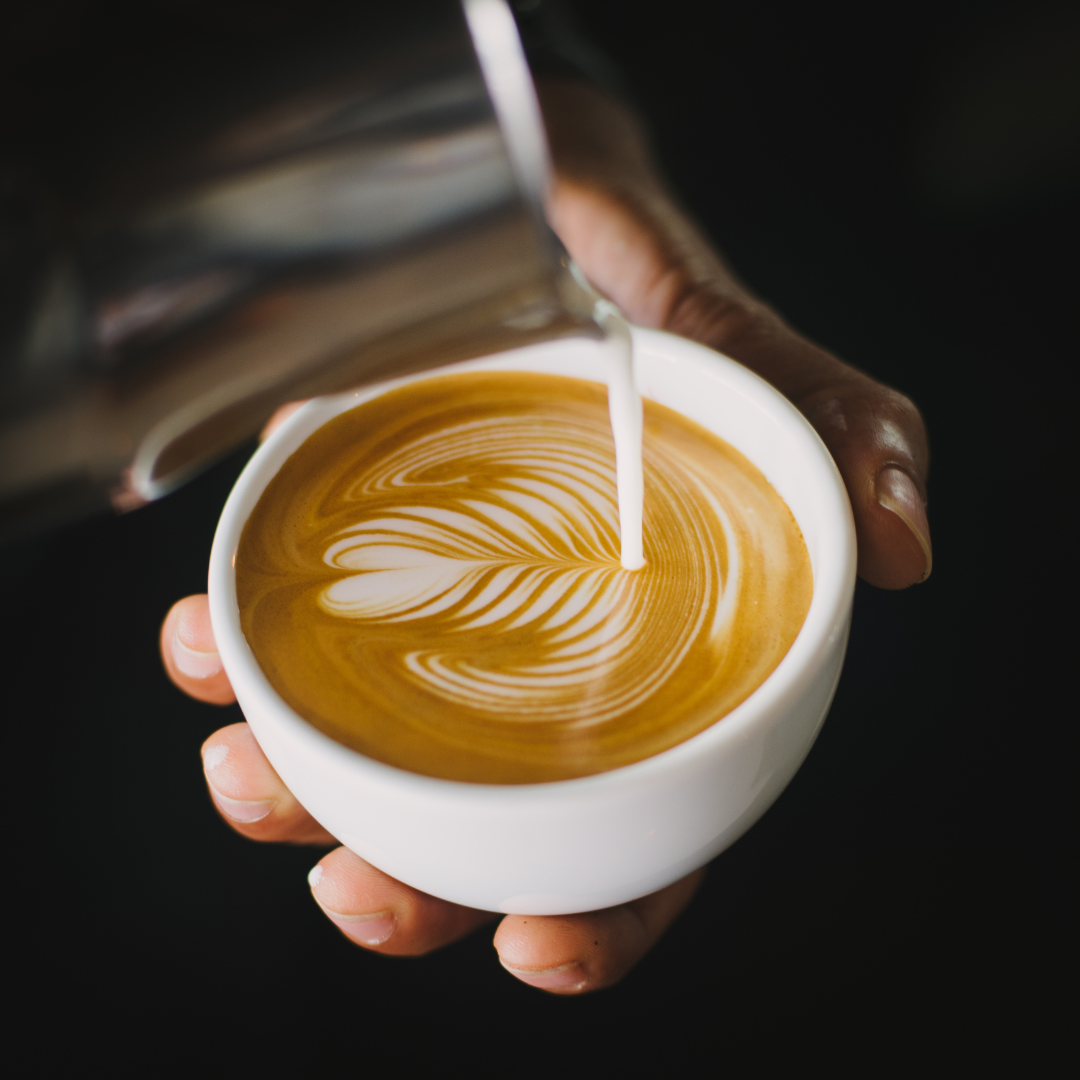
A Brief History Of Coffee
Share

From its ancient discovery to becoming an integral part of daily life worldwide, the history of coffee is a fascinating journey that spans centuries. This article delves into the origins, spread, and cultural significance of coffee, tracing its evolution from a mystical bean to a beloved beverage enjoyed by millions.
Introduction: The Enigmatic Bean
Coffee, the wonderful drink that jumpstarts our mornings, has a history as rich and diverse as its flavour. Originating from the beans of the Coffea plant, coffee has woven its way through different cultures, societies, and continents, leaving its mark on many looking for that perfect pick me up. .
It would be hard for you to find a household in the Western world that does not have some form of coffee in the kitchen, ready to brew up for that hit of caffeine many need through the day to keep us going. Or to brew up and share when family and friends come around to “have a good natter” over a brew.
Now the Western world might be huge consumers of this daily drink, used by the majority of the population but if it wasn’t for a goat herder named Kaldi, we might never have been introduced to this magical drink.
The Discovery of Coffee: A Legend
Legend has it that coffee was first discovered by an Ethiopian goat herder named Kaldi in the 9th century. After noticing his goats' increased energy after consuming the red berries of a certain plant, Kaldi decided to try them himself.
After experiencing a similar burst of vitality, curiosity led him to share his findings with a local monk, who used the berries to create a drink that helped him stay awake during long prayers.
And so, that drink we all gravitate to first thing in the morning was born! Or so the story goes.

Coffee's Emergence in the World
Coffee's popularity spread from Ethiopia to the Arabian Peninsula, where it became an integral part of social gatherings. By the 15th century, coffee was cultivated in Yemen, and its stimulating effects were embraced by Islamic scholars who saw its potential to keep them awake during religious studies.
Coffee reached Europe in the 16th century, captivating coffeehouses in cities like Venice and Constantinople. These coffeehouses became centres of intellectual exchange, where artists, writers, and thinkers gathered to discuss ideas. The allure of coffee eventually led to its cultivation in various European colonies, including the Caribbean and Central and South America.
The Rise of Coffeehouses
The 17th century saw the proliferation of coffeehouses across Europe, transforming them into hubs of innovation and conversation. These establishments were often called "penny universities" because patrons could engage in stimulating discussions and exchange ideas for the price of a cup of coffee.
So just remember the next time you are sitting in your favourite coffee shop having a cheeky brew on your lunch or trying to get some work done, you could pay tribute to the birth of the coffee shop, get talking to someone and share something interesting.

Coffee Plantations and Colonial Influence
Cuttings and seeds of the plant started to make their way around the world to help facilitate the development of the plantations that ended up supplying the world with coffee. Plantations started springing up on multiple continents across the globe.
As the demand for coffee grew, European powers established coffee plantations in their colonies, shaping the economies of regions like Brazil, Colombia, and Central Africa. This expansion had significant social, economic, and environmental impacts.
The Birth of Instant Coffee and Commercialization
The 19th century witnessed the invention of instant coffee, revolutionizing the way coffee was consumed. This innovation made coffee more accessible and convenient, aligning with the fast-paced nature of modern life. The commercialization of coffee also led to the rise of iconic brands that dominate the market to this day.
In recent decades, the "third wave" coffee movement emerged, focusing on coffee's quality, sourcing, and artisanal aspects. This movement redefined the coffee experience, bringing the nuances of the different ways to brew coffee and what can be achieved by adjusting water temperature, bean quantity, and grind to bring out the characteristics of different coffee varieties.

Art and Literature Inspired by Coffee
Coffee's influence extends beyond the cup, inspiring artists, writers, and musicians throughout history. From paintings depicting coffeehouses to literary works centred around coffee, this beverage, has ignited creativity across various art forms.
All you need to do is search for coffee while doom-scrolling on Instagram to find creative imagery, revolving around coffee. I cannot believe that anyone who has had a coffee in a coffee shop in the last 10 years did not receive it with a little fancy pattern in the foam. It feels like, anyone, with an ounce of creative spark has spent some time experimenting with coffee art in some form or another.
Coffee Varieties and Brewing Techniques
This is where coffee gets interesting for those who want to take it seriously. Coffee can be ground to different levels, each giving you a change in flavour, this can then be brewed in many different ways. Again this affects the final flavour.
You can play with the temperature of the water, too hot and your coffee will be bitter though so keep that in mind. It is not like brewing a tea bag. You can adjust the amount of beans you use and also the type.
Blending beans from different areas can produce some interesting outcomes, there are even different levels of roasting that will again have an impact on the flavour of this wonderfully versatile bean.

Conclusion: A Brew with a Rich Legacy
The history of coffee is a journey through time, culture, and innovation. From its mystical beginnings in Ethiopia to its global reach, coffee has evolved into much more than a mere drink—it's a symbol of connection, creativity, and community that continues to shape our lives.
It brings people together to communicate and share ideas, it powers the school run and keeps those stuck to a desk all day focused and alert. For something so small, it packs some serious power!
